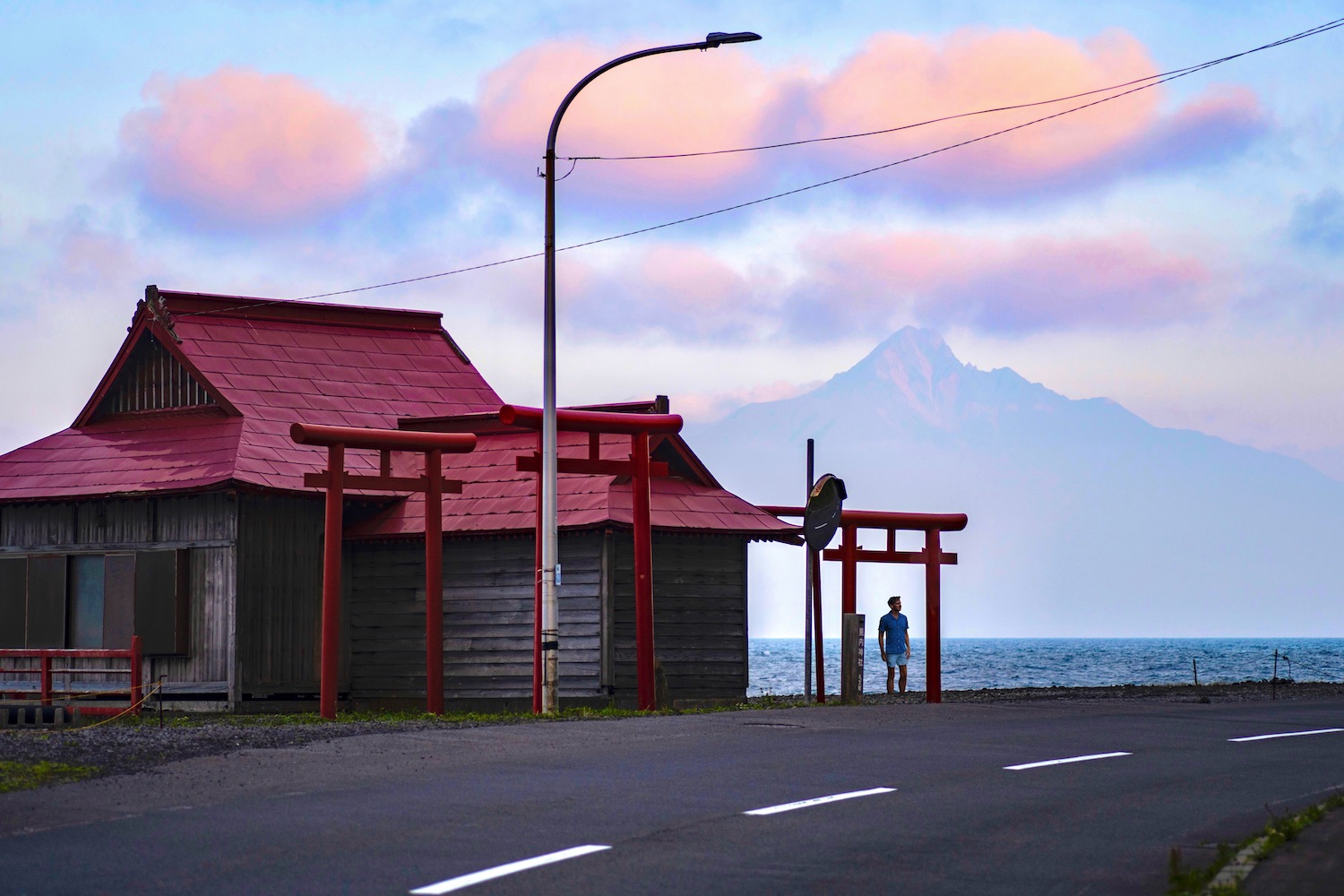I’ll start this post with something of a spoiler: Rebun Island might just be the most remote place I’ve ever been in Japan. Which is saying something, given how much of the rest of outlying Hokkaido I’ve explored.
Certainly, Rebun feels far away, both in terms of getting there (you have to take a ferry for two hours from Wakkanai, which itself is the northernmost city in Japan) and the fact that Rishiri island, towering the distance, is the only landmark that gives you any sense of where you might be.
When you’re so far off the beaten path, a traditional “sightseeing” approach can be superfluous. Still, I think think there’s value in having a general sense of things to do in Rebun.
Where to Stay in Rebun—and How to Get Around
As is the case on Rishiri, there aren’t a whole lot of Rebun hotels—and the ones that exist are expensive for what you get, and less than inspiring in general. I personally stayed at Rebun Hotel Saryo, though you may also choose from Hotel Rebun (which is slightly higher end, and in a similar location) and Shimonoyado Rebunshiri, which is cheaper, but not markedly so.
Another thing Rebun shares in common with its neighbor? Rental cars (which are necessary, unless you plan to take a bus tour) are much more expensive than they are on the mainland, often costing ¥20,000 per day or even more. Beyond this, you’ll have to call the rental company (be it Toyota or Nippon) to complete your reservation, as none of the shops here allow online bookings.
Amazing Things to Do in Rebun
Start at Capes Sky and Sukuton
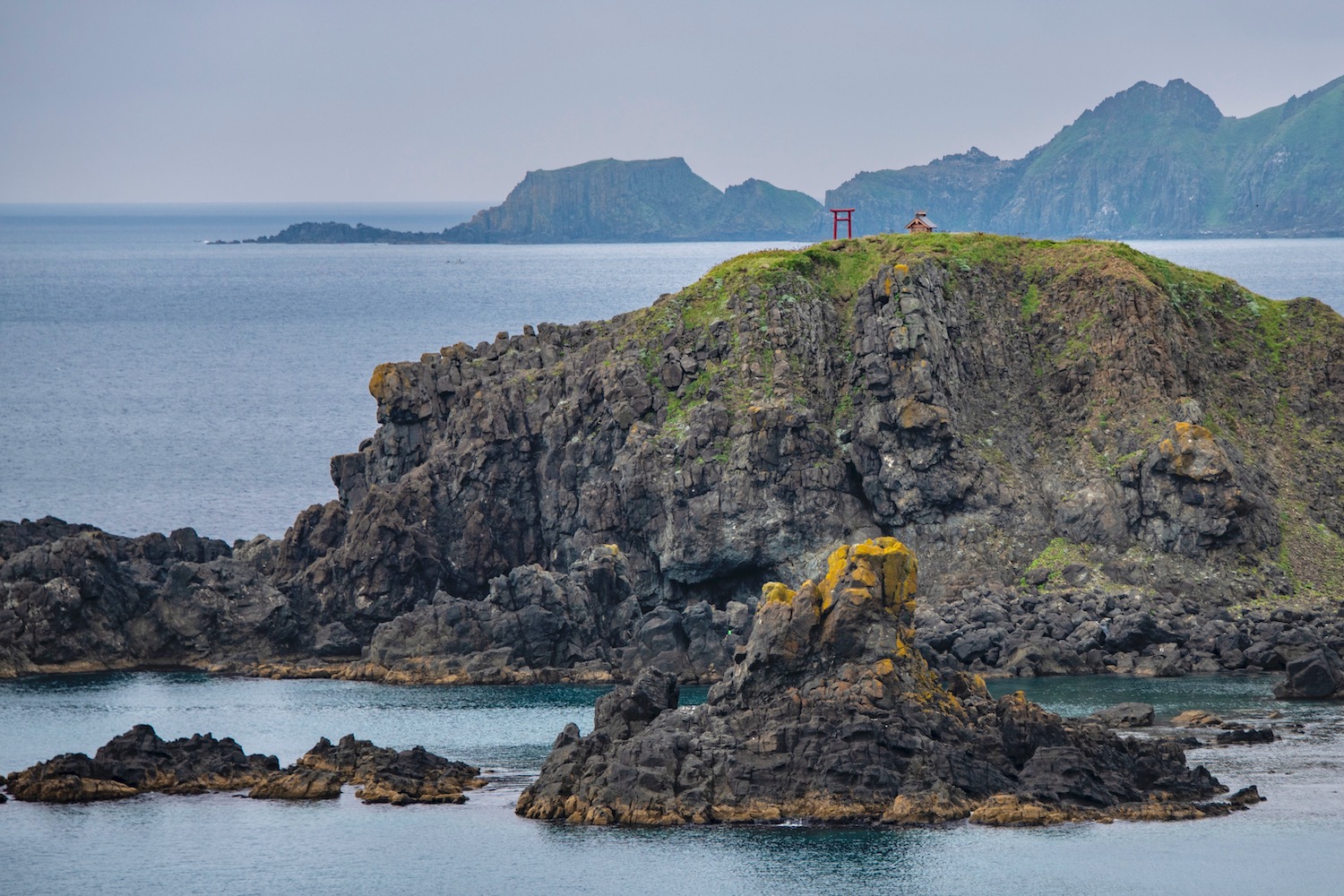
I’ll be honest: I wasn’t in a great mood when I first drove to Cape Sky; the…well, sky was so grey and heavy with clouds (and the wind so strong) that I didn’t even feel like I was visiting in summer. However, as the day went on and I continued exploring Rebun’s northern reaches (which also include Cape Sukoton), improving weather saw my mood improve.
Hike to the Momodai-Nekodai Observatory
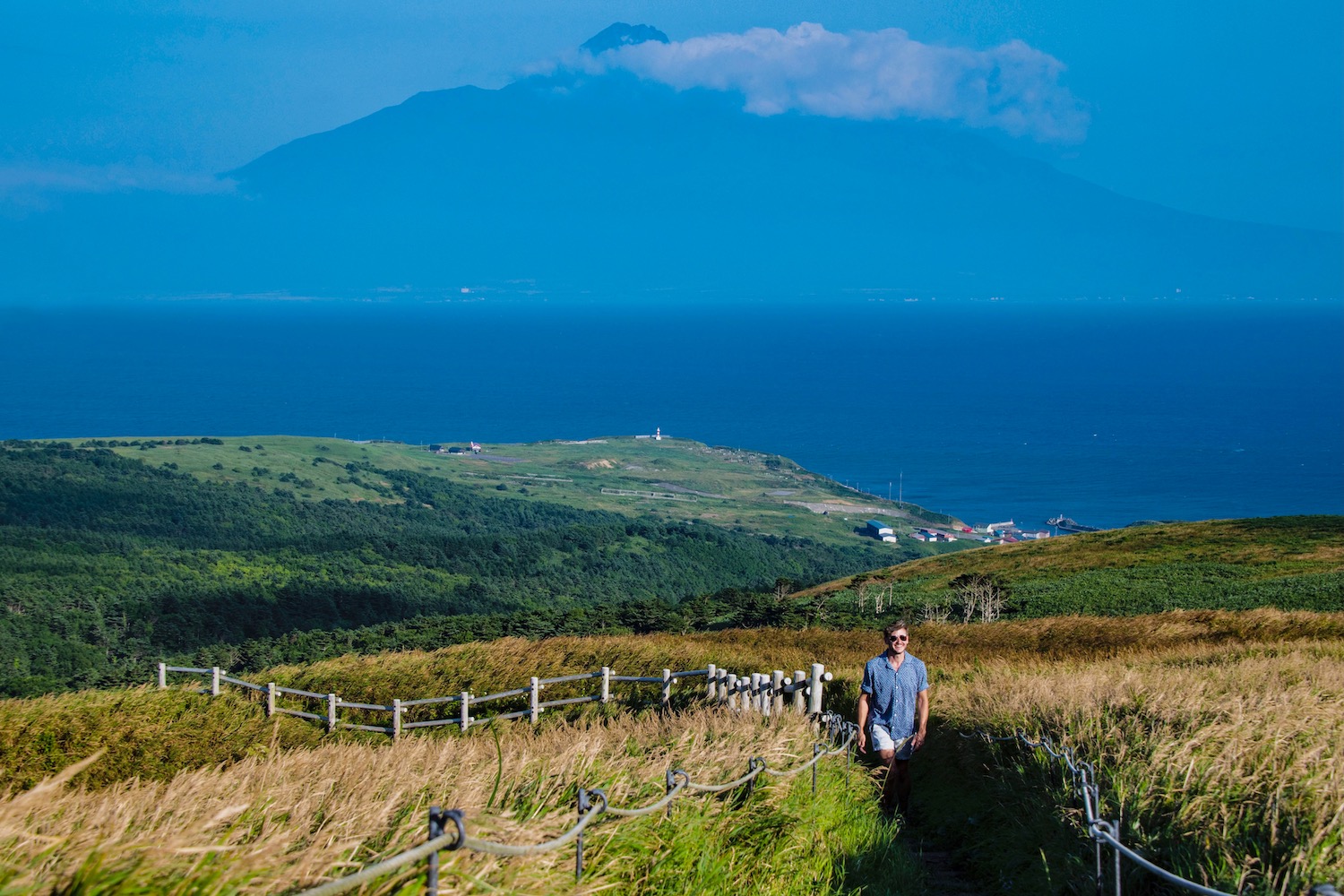
Theoretically speaking, you can access the Momodai-Nekodai Observatory (a worthwhile addition to any Rebun itinerary, no matter how you get there) by driving just a few minutes from Cape Sky down the Motoji Coast and hiking southward. Since I had a particular view of Rishiri in mind, however, I decided instead to hike from south to north, starting at the harbor near Shiretoko Inari Shrine.
Take your time discovering Rebun’s East Coast

This (and the rest of the way I moved around Rebun) gave me ample opportunity to drive up and down the east coast of the island. While there isn’t a lot of “there” there in terms of actual attractions, I did find this part of the island charming, whether because of colorful villages perched above the sea, mysterious shrines right on the ocean or simply the solitude in which I found myself during most of my drive.
Try to find a wild Atsumori flower
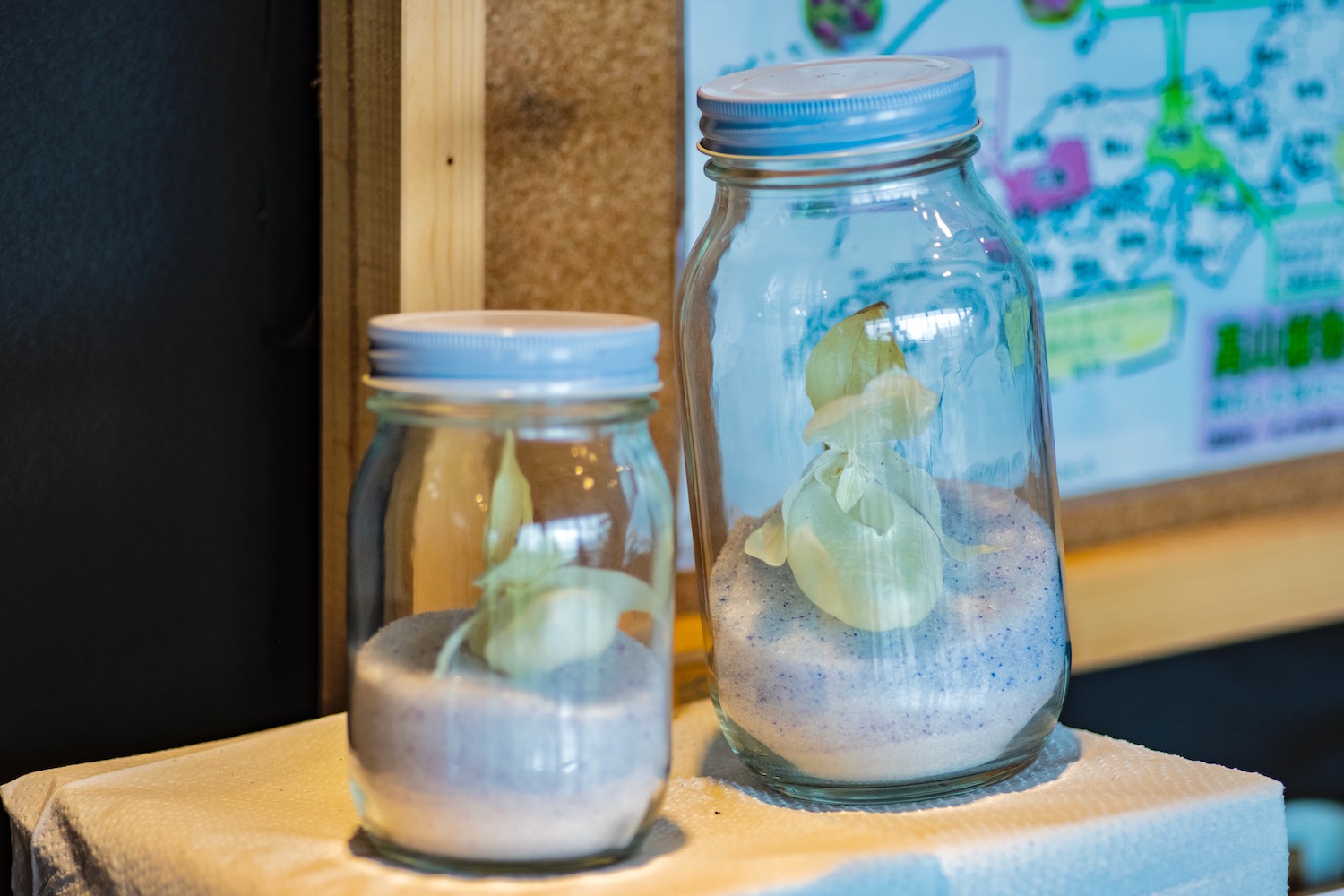
A notable exception to this rule was the Alpine Botanical Garden, the only tangible option for what to do in Rebun en route between the east coast and Cape Sukoton. Here, you’ll find what I can only describe as a “domesticated” version of Atsumori, the lady’s slipper orchid species that is allegedly only found here. You can apparently only see these in the wild if you hike pretty extensively—I didn’t.
Prioritize amazing views of Rishiri
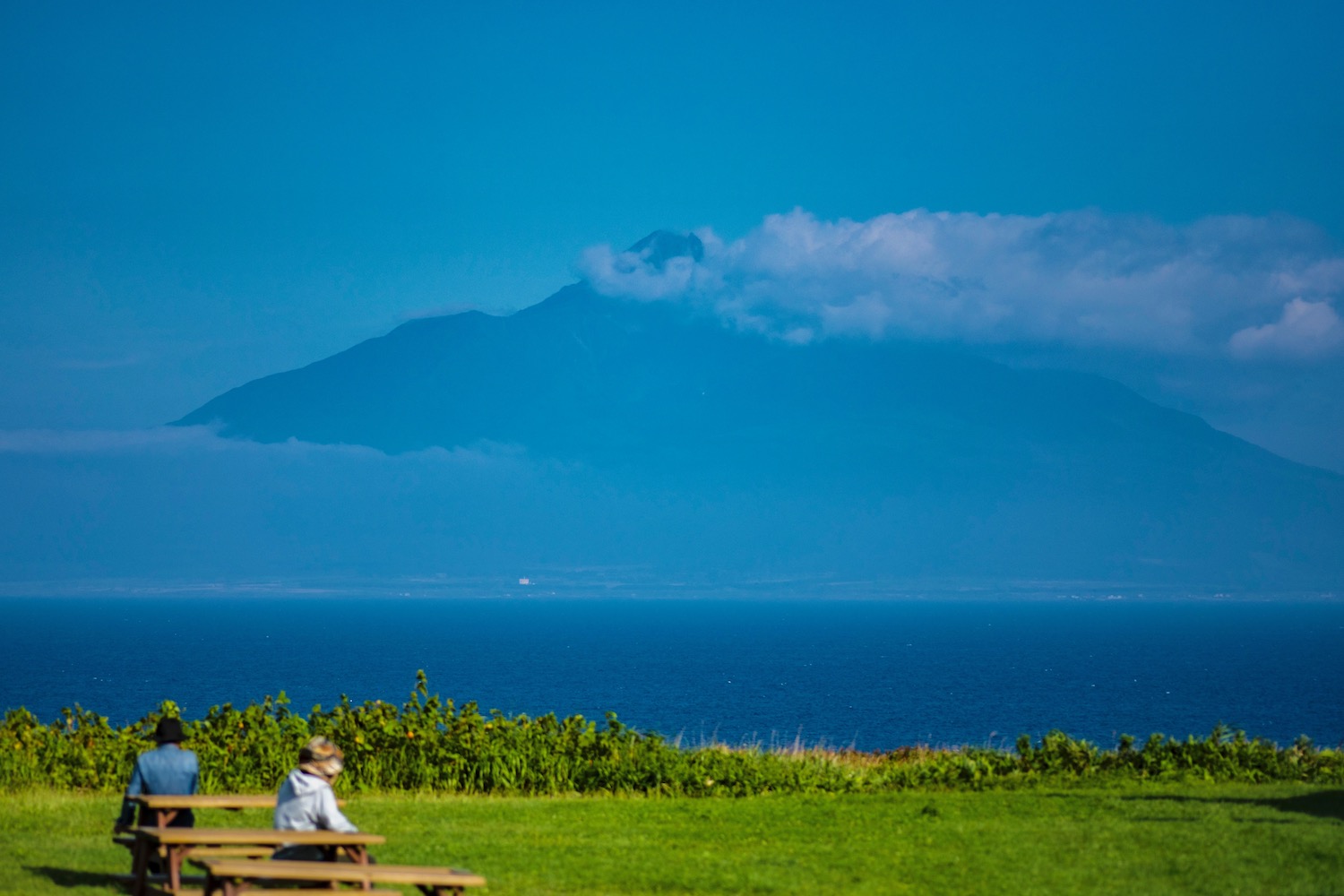
One of the reasons my sensitivity toward weather is appropriate in a place like Rebun? The fact that unless it’s clear, you are unlikely to see Rishiri towering in the distance. Now, seeing Mt. Rishiri over the sea is of course not a requirement for enjoying your time in Rebun. Still, it places your experience in an unmistakable context, which is basically impossible to achieve otherwise.
How Long Do You Need in Rebun?
Rebun is a small island, with one quirk: It isn’t possible to drive all the way around it without turning around. This means that in order to go from Cape Sky to the Momodai-Nekodai Observatory by car, you need to drive all the way around the island (so, around 40 minutes), even though the distance between them, as the crow flies, is only a couple of miles.
With this being said, I don’t think slightly cumbersome navigation impacts how many days in Rebun you need, in the end. It is very small; unless you are doing extensive hikes (which, really, are more the province of Rishiri island anyway), you can see most of what there is to see here in just one day, or at most with two nights spent on the island (i.e. if you arrive too late on the first day to sightsee).
Other FAQ About Visiting Rebun
Is Rebun worth visiting?
Rebun is definitely worth visiting! Some travelers will simply appreciate the lack of tourists, or the pure and almost virgin natural beauty. Others will enjoy hiking along its rugged terrain, and enjoying views of Rishiri island (and, in particular, Mt. Rishiri) towering in the distance.
How do I get to Rebun Island?
You can reach Rebun island by ferry or plane. To go by ferry, you need to first get yourself either to Wakkanai (on the mainland) or on the nearby island of Rishiri. To go by plane, meanwhile, you need to fly from Sapporo’s New Chitose Airport, keeping in mind that flights are infrequent (usually only once per day, sometimes even less) and sometimes canceled due to weather.
Are there bears on Rebun Island?
There are neither bears nor snakes on Rebun Island, making it one of the safest places in Japan to hike. I had to make sure of this fact when I headed up the Momodai-Nekodai Trail late one afternoon, and suddenly found myself alone at the top of it. It felt extremely dangerous, but thankfully, it wasn’t.
The Bottom Line
Of all the things to do in Rebun, my favorite is simply to follow the sun (and, of course, the silhouette of Rishiri island, looming in the distance). Rebun is small enough that once you get a general sense of how to get around and where things are, you can explore it without referring much to any map. You simply need to be mindful of places on the island where roads don’t go, and where roads are one-way only. Need personalized help integrating Rebun (and, likely, Rishiri) into the rest of your trip to Japan? Commission a custom Japan itinerary—and let me sweat the details.



